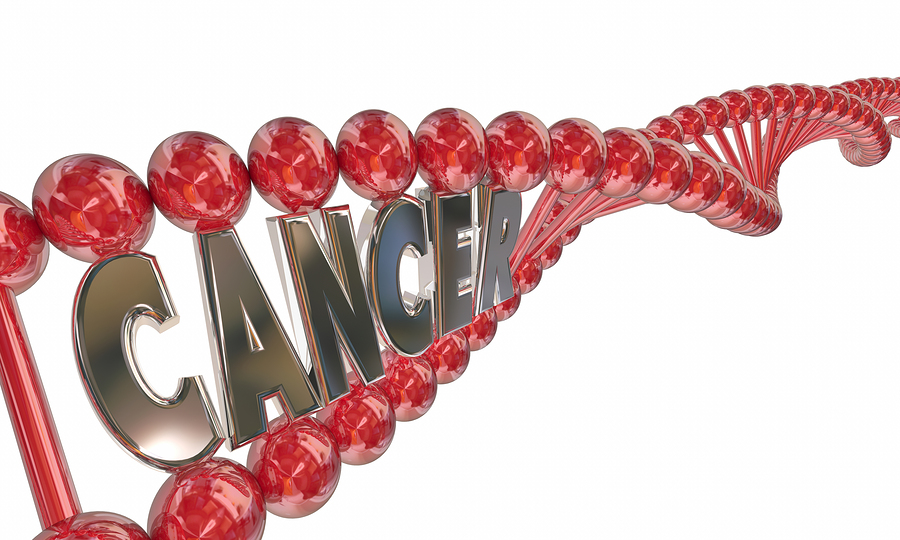
EMT transition, refers to the conversion of cells that have the epithelial phenotype (meaning they stay local and adhere to a basement membrane), to cells that have a mesenchymal phenotype (meaning they develop the ability to invade and migrate). This study showed that 300 micrograms per day of selenized yeast, for 5 weeks, downregulated the expression of genes associated with invasion, migration, and inflammation.
The Nutritional Prevention of Cancer (NPC) trial showed that 200 μg selenized yeast per day reduced the incidence of prostate cancer, and advanced prostate cancer in particular. More recent studies, however, did not consistently confirm a protective effect of selenium for prostate cancer. Results of the Selenium and Vitamin E Cancer Prevention (SELECT) trial demonstrated that supplements with 200 μg L-selenomethionine did not decrease the incidence of prostate cancer among men in the general population. Similarly, in men at high risk for prostate cancer, 200-400 μg of selenized yeast per day was not effective for prostate cancer prevention.
So how can we account for the discrepancies? In the NPC trial, specifically the participants with relatively low selenium status at baseline (selenium <123.2 μg/L) seemed to benefit from the intervention with selenized yeast. Baseline selenium levels of the participants of the SELECT trial were relatively high (median 135 μg/L). The median selenium level of participants in this trial was 81 μg/L and increased to 185 μg/L after the intervention. Based on experimental studies in dogs and a number of observational studies in humans, a U-shaped dose response curve for selenium status and several health outcomes was suggested.
So the bottom line is: every substance has a U-shaped curve: too little, not effective; too much toxic effects. Measure your patient’s selenium levels before considering supplementation.
Based on the following journal article, Chiang, Emily; Defining the Optimal Selenium Dose for Prostate Cancer Risk Reduction: Insights from the U-Shaped Relationship between Selenium Status, DNA Damage, and Apoptosis; Dose Response. 2010; 8(3): 285–300, a selenium level of 119 to 137 μg/L in plasma appears optimal.
~ Dr. Rosenberg
healthyliving April 10th, 2017
Posted In: cancer care, Cancer Prevention
Tags: prostate cancer, selenium